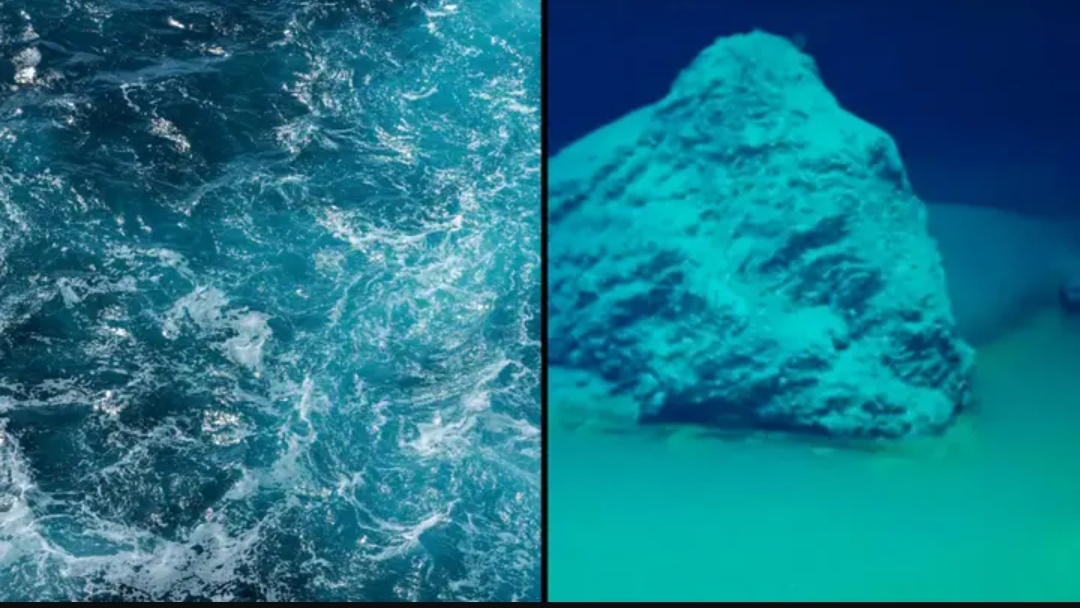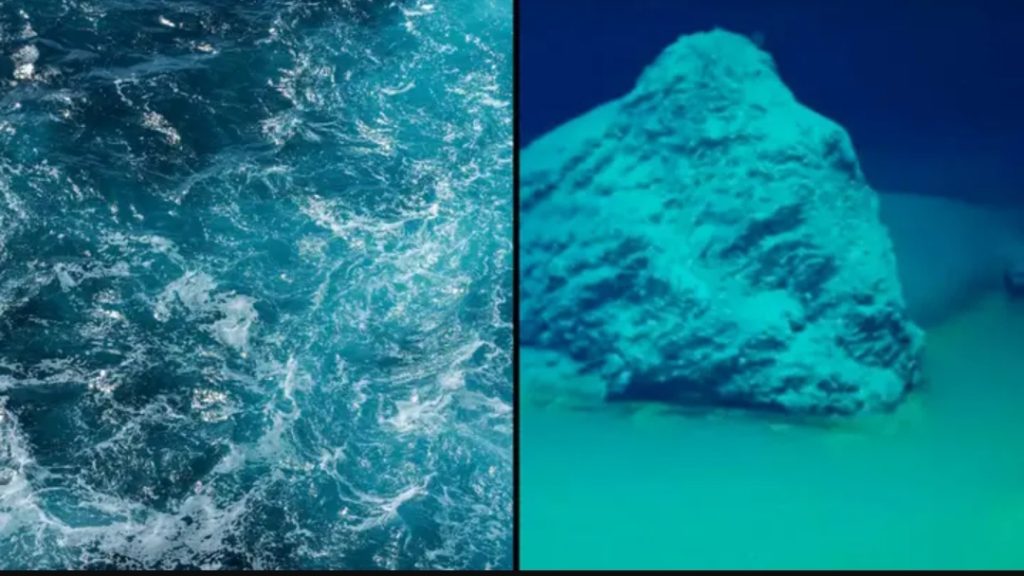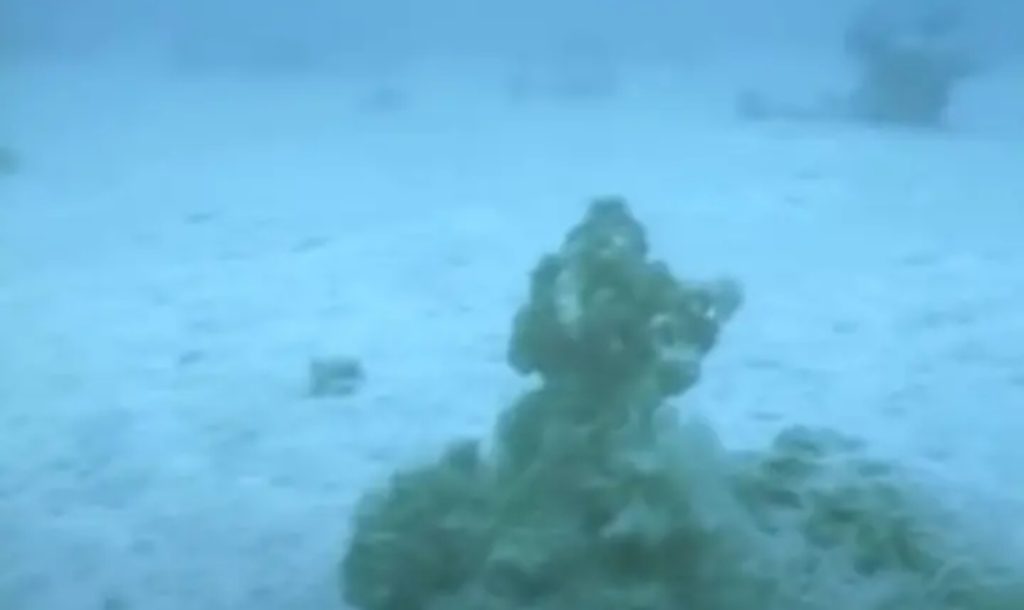
Scientists have made a terrifying discovery after finally reaching the bottom of the Red Sea.
To those who are already afraid of the water, we apologise in advance.
University of Miami researchers went a long long way beneath the surface as the distance to the bottom was measured at 107,00 square feet.

The Red Sea – located in the inlet of the Indian Ocean between Africa and Asia – gets its name from the seasonal blooms of the red-coloured sea sawdust near the water’s surface.
Sam Purkis, a professor and chair of the Department of Marine Geosciences at the University of Miami, told Live Science: “Our current understanding is that life originated on Earth in the deep sea, almost certainly in anoxic — without oxygen — conditions
At the bottom of the seawater inlet is what’s called a ‘deep-sea brine pool’, which Purkis describes as ‘a great analog for the early Earth and, despite being devoid of oxygen and hypersaline, are teeming with a rich community of so-called ‘extremophile’ microbes’.
“Studying this community hence allows a glimpse into the sort of conditions where life first appeared on our planet, and might guide the search for life on other ‘water worlds’ in our solar system and beyond,” he added.

As mentioned by the researcher, a ‘deep-sea brine pool’ has no oxygen, and in the case of the Red Sea, is dubbed as the ‘death pool’.
Why? Because anything that comes near it dies.
“At this great depth, there is ordinarily not much life on the seabed,” Purkis said.
“However, the brine pools are a rich oasis of life. Thick carpets of microbes support a diverse suite of animals.”
“Molecules with antibacterial and anticancer properties have previously been isolated from deep-sea microbes living in brine pools,” he added.
“At this great depth, there is ordinarily not much life on the seabed.
“However, the brine pools are a rich oasis of life. Thick carpets of microbes support a diverse suite of animals.”
Found on the seabed was ‘the fish, shrimp and eels that appear to use the brine to hunt’.
“Any animal that strays into the brine is immediately stunned or killed,” he explained.
“Ordinarily, these animals bioturbate or churn up the seabed, disturbing the sediments that accumulate there,” Purkis said.
“Not so with the brine pools. Here, any sedimentary layers that settle to the bed of the brine pool remain exquisitely intact.”
But the mission to the bottom of the Red Sea was far from pointless as researchers were able to use their findings to help learn more about tsunamis and earthquakes.
The newfound brine pools ‘represent an unbroken record of past rainfall in the region, stretching back more than 1,000 years, plus records of earthquakes and tsunami’.
Their findings suggest that in the past 1,000 years, major floods from serious rain occur about once every 25 years, and tsunamis [take place] about once every 100 years’.




